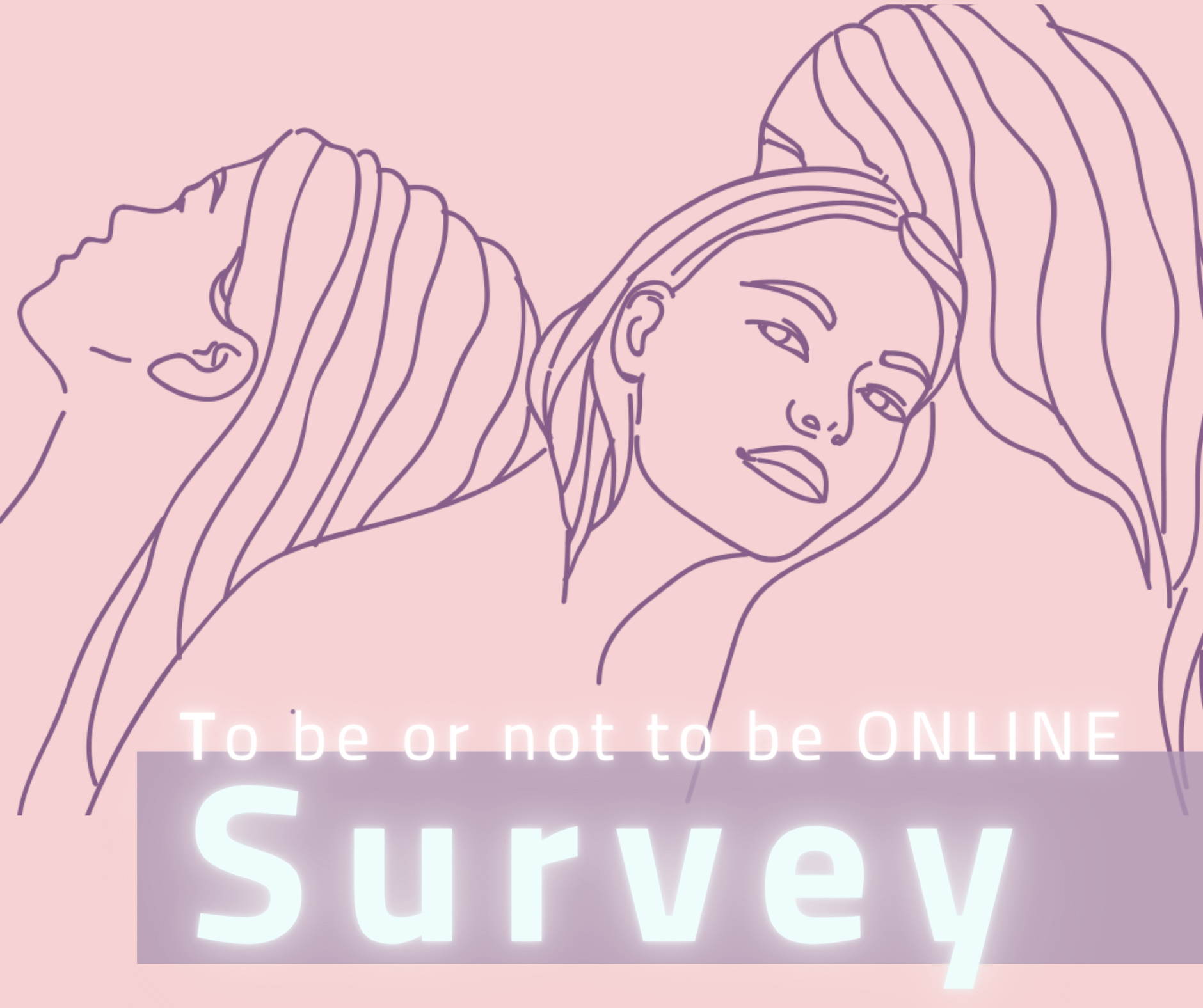Respect on the Internet
Based on feedback and questions from young people during various workshops and our other activities, we reflected on the need to clarify what is legitimate in the process of meeting someone and what are the successful strategies.
It was clear that young people just wanted to talk about these topics.
Establishing new contacts and interpersonal relationships outside of the family circle is very important in this period of life.
Therefore, we emphasized the issues of making contacts, meeting and getting to know new people. We consider it pointless to persuade young people not to talk to strangers on the Internet (as parents and teachers sometimes try to do). We chose to follow the path of respect and kindness to others and to ourselves, which brings (as a kind of preventative side effect) also an early detection of other people crossing our boundaries and presenting a potential threat.

- Opening activities
- Which Card Fits?
- Non-violent communication activities
- Other activities
“The exhibition was really informative and fun, but most of all I would be interested in information on how to actually meet someone”
(an anonymous feedback on the interactive exhibition “Do IT your way”)
Why did we decide to bring this issue?
As mentioned earlier, when we organized an interactive exhibition Do IT your way in 2019 and collected feedback from students, the most repeated questions and statements related to the uncertainty about where and how to find/meet/reach out to a partner.
This fact then emerged yet again in our further activities with young people. An uncertainty and concern about how to reach out and not be embarrassed, an a priori assumption that things will not go well, and a fear of failure seem to be very common among today's young people.
Each of us can surely remember feelings like that. Nowadays, when meeting people often takes place on the Internet, there are a few more particularities. The social networks and their distorted image of the perfect world and perfect people creates double pressure and increases the fear that a person just not good enough.
Therefore, we find it very useful to discuss these topics with young people, to offer them a positive experience associated with these challenging issues, to help them verbalize their insecurities, and to create a safe space where they can share their experiences, concerns, and needs.
We open these and other topics that are relevant to them with young people in a Facebook group created in cooperation with this target group: Voice of youth called VOMLAD.

How to work with the methods?
The presented methods allow us to reflect a wide range of specific experiences of young people with the process of meeting new people on the Internet, and to discuss them openly. The basic principle of the methods suggested in this aspect is to enable young people to experience situations that young people in particular face in the online environment, and to share this experience. The goal includes the shared experience itself and a subsequent discussion, which will not only allow young people to have a better understanding of how others (their classmates) perceive given situations, but also give teachers a better insight into what their students or pupils deal with and experience when online.
If we want young people to be open to a truly authentic experience and to carry out the method sincerely, we must create a safe environment in which all participants will have the opportunity not only to tune in, but also to open up and identify possible stereotypes and patterns in their own experiences and behavior. For more information on creating a safe space, see the chapter titled challenges.
The methods from this part of the methodology (from this aspect) can be used as a whole for the all-day program, but each of them can also be used separately, they are not necessarily tied to each other. Those methods are especially suitable for groups that are already established, which means that they meet and know each other for some time, such as school classes.
However, the aspect can be used both in the school environment and in informal youth groups.
CHALLENGES
Sharing without judging and condemning
Offering new perspectives and opening up topics that young people experience mostly in private may undermine existing beliefs or touch on sensitive subjects, which may lead to initial resistance and efforts to confirm one’s current perspectives. At the same time, emotions that are not in line with your expectations may arise. If we encounter such an attitude or emotion during the implementation of the method, it is not appropriate to try to convince the person concerned of what is right or not. On the contrary. In order to process new experience, it is important that such reactions are accepted and not disputed. Even such reactions and experiences are part of the discussion.
It is very important to accept any emotion or reaction as legitimate.
Crossing the “boomer vs. zoomer” boundary
One of the great challenges proves to be the interaction of two completely different generations when carrying out the methods. Students and pupils in the group often see teachers and youth workers as someone who does not understand social networks and has no idea what young people actually do on them. Generation Z has a completely different approach to new technologies than their parents and grandparents. Understanding and accepting these differences can contribute to greater empathy in communication.
We do not recommended to pretend you are a pro in the field if you do not feel that way. It is better to admit it and be authentic. We do recommend that teachers, including those who understand social networks, in advance administer and evaluate an anonymous questionnaire similar to the one we used for data collection. This way, you can get an idea of which social networks young people in your group use, what activities they seek, and what problems they may face, You will enter the process with a certain pre-understanding and you can focus more specifically on certain topics.
The main point is not to judge the young generation as better or worse, but to try to understand how they behave and how they think, and to build bridges between you and them. Try to install Instagram and Twitter at least for a moment, in case you do not already use them. A lot can become much clearer then.
Creating a safe space
It is necessary to create a safe space for work both in the physical sense of the word in terms of physical space and in terms of how we assign tasks or lead reflection. During the program, it is important to check whether the way we guide young people through the activities fulfills their idea of an environment conducive to sharing, awareness of context and, in particular, to free expression.
- Aren’t we focusing on just one specific type of expression?
- Do young people have the opportunity to choose how they express themselves?
- Where are their boundaries of what they want to share?
In order for the methods to reach their goal, it is important to draw attention to the principle of mutual respect for the opinions and experiences of others, and to make sure the participants understand and follow the principle of not judging and criticizing others.
As participants may have a personal experience with some of the topics that they are not ready to share, no one should be forced to engage in the discussion. It is crucial for the activity to create an environment where participants feel free to listen to others and ask questions, respect their mutual boundaries and reflect on their actions, their experiences, and the language they use.
“I don't think anyone around me uses Tinder. People use for example Facebook to meet others. Social networks are one big dating site, I really don't know anyone who uses Tinder…or they don’t talk about it because people make fun of dating sites.”
Petr (15)
“(laughs) I think that every girl I know has encountered this (a point related to patronizing)…It’s a classic; as a girl, there’s a bunch of things you can't understand. Old boomers – men, random haters, racists and so on, they do it the most, literally all the time. When you fight back, they wish you death or rape (laughs sarcastically).”
Adéla (16)
Boomer is a term used by young people when referring to people who are older, particularly in the age of their parents or grandparents. An important attribute of a boomer is that they act from a position of someone older who, thanks to their age, has experience and knows better than young people how things should be and how they should not be. A boomer also often uses their age as an argument and does not consider the views of young people to be equal. A boomer often complains about the generation of young people and considers them spoiled. A boomer is someone who does not listen to young people, does not recognize that they man not understand something, and likes to use their position of power against young people.
The word boomer originally came from the term baby boomer, which in the United States referred to people born during the American prosperity after World War II in the 1940s to 1960s. Currently, the label is used for those born until around 1980, however, one’s behavior is far more important than age when it comes to being labeled as a boomer by young people. Let’s not be boomers!
more…Of course, it should be noted that this does not apply to every individual of this generation. This information can serve as a general guidance on what may be more attractive to a group of young people at this age or what will most probably not work and will earn you the boomer label. more…
How it all began
During the development of the methods, we relied mainly on a questionnaire survey conducted among 96 young people aged 13–25. We would like this set of methods to respond to the current situation and thus be potentially able to more effectively engage and inspire young people and possibly support their openness and authenticity in the very process of implementing the methods.
In the development of the methods, we encouraged feedback from young people from the target groups to make sure that the methods reflect on attributes that are truly important when meeting people on the Internet, that we focus on social networks that young people actually use, and that we correctly identify those aspects of the process of making connections on social networks that young people consider positive or negative, that they like on social networks, or that rather bother them.
If you do not have enough information about how young people from your school or class spend the “online tim” and what makes them happy and troubled in this area, you can administer a questionnaire similar to the one we used.
If you do not have enough time for it, data from the international study EU Kids Online IV can also be helpful.

Preparation before facilitation
Before even starting to work with the methods, it is desirable for the facilitator to ask themselves questions that will allow them to orientate themselves in the topic on a theoretical level, as well as to carry out a self-reflection. Like the participants, the facilitator approaches the topic that may relate to them in some way. To create a safe environment and space for sharing, it is therefore good to think about one’s own experience, understanding of the issue and one’s own attitude towards the topic. We all come with some pre-understanding and it is very helpful to reflect on it.
Self-reflection and reflection of one's own motivation and experience are always crucial for the role of a facilitator who is to create and maintain a safe and respectful environment.

Do I have sufficient knowledge of how social networks work? What is my relationship to them?
It is certainly not essential for you to be an expert on social networks to facilitate these methods. On the contrary, detailed knowledge of a particular topic can sometimes lead to difficulties when presenting it clearly to someone else. Above all, it is good to keep this in mind and to guide the program and its facilitation in a way that is understandable to everyone in the group.
On the other hand, it is really necessary to know, at least in the basics, how social networks work and to have at least an elementary experience with the most commonly used ones, such as Facebook, Instagram, Youtube, or Twitter.
In addition to expertise at the level of opinions, a snag may arise when your strong opinion on the topic would provoke the urge to push it instead of offering space for sharing of different experiences. On the topic of online dating on social networks, this could typically be a strong attitude against social networks in general, or against the amount of time young people spend on them. It is good to reflect that these methods are not intended to fight against social networks.
Am I able to talk openly about meeting people and dating?
Before beginning the program itself, you need to consider whether you, as a facilitator, are ready to open the topic with the group, whether you feel in conformity with the issue or not, or whether it affects you too personally. Not feeling the topic does not necessarily mean having prejudices against it or feeling reluctant to open it up. It can be one’s own experience or a topic that is too personal to the facilitator that could make it too painful or otherwise burdensome.
It is crucial to keep in mind that the facilitator is as important to the implementation of the program as any participant, and their personal readiness and feeling of safety is an important part of creating a safe environment for participants.
Do I have enough information about the group, its dynamics, and mutual relationships, to be able to open up the topics safely?
Knowing the group is very important for the facilitation of each of the methods. That is especially true for methods that open up sensitive topics such as dating and relationships. These aspects become even more important in programs that are based on sharing of participants’ own experiences. The group dynamics, as well as the direction of discussion or sharing, all depends on the characteristics of the participants, and therefore it is desirable to get acquainted with them in advance.
Important factors are, for example, age or whether the participants know each other, or how they get along, the gender distribution of the group or whether they have any special needs.
For this particular aspect, we recommend groups where individual members have known each other for a long time, where relationships and dynamics have already been established and will therefore not be formed during the program.
What is my goal while approaching the topic?
You must realistically assess your own expectations before carrying out this method. Why am I opening up this topic? What is my goal? Above all, it is necessary to critically assess whether the method has the potential to achieve your goal and whether there are any obstacles between you and the set goal, such as the above-mentioned negative attitude towards the topic, lack of understanding, excessive emotional engagement and so on.